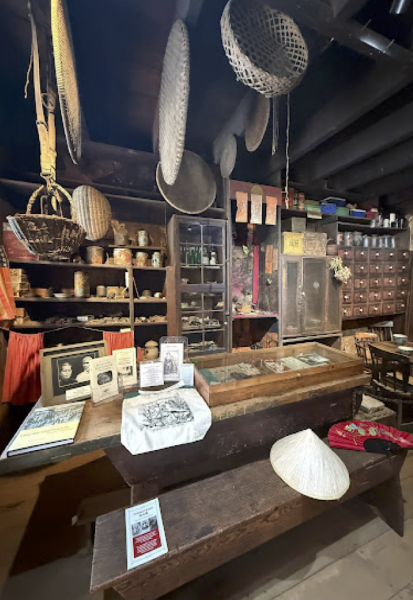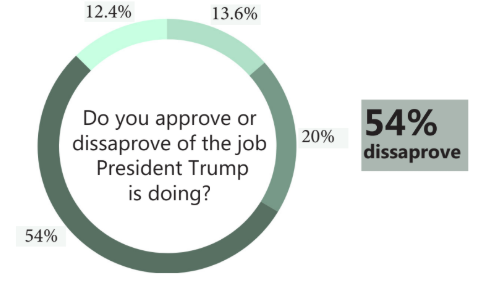Opinion: The US needs to ‘makeup’ for cosmetics animal testing
More than 110 million animals are killed each year in United States laboratories, some of which is caused by cosmetics testing.
The United States needs to ban animal testing or at the very least ban animal testing for cosmetics products. Animal testing is any procedure performed on animals for research. This testing specifically for makeup is unnecessary and unethical.
The first step taken should be that the US provides a legal definition of “cruelty-free” so companies are held accountable for any animal testing. Cruelty-free products in the United States receive that title if the final product has not been tested on animals, which does not include ingredient testing. This means that many products claiming to be cruelty-free still test on animals at the ingredient level.
Animal testing includes injecting or inserting chemicals into animals, which results in them losing function in parts of their bodies. In the United States, animals subjected to testing include dogs, sheep, hamsters, mice , rabbits and so on.
Within cosmetics, an array of ingredients have already been tested on animals and proven to function in makeup. It isn’t necessary to be testing more ingredients. Thus, animal testing for cosmetics specifically is appalling: animals being tortured and killed so people can apply a new shade of blush or try a new foundation is not okay.
Large cosmetic companies like Benefit and Clinique still test their products on animals. If cosmetics companies want to be innovative they have the opportunity to try other methods of testing that are ethical and more effective.
According to the National Library of Medicine, animal testing harms humans because it leads to misleading safety studies and potential redirection from procedures that work for humans. The difference of biology between humans and many of the animals tested are drastic therefore humans may react differently to certain chemicals and products.
There are more effective ways to test products. According to the National Institute of Health, animal testing alternatives already used in research include: testing cells and tissues in test tubes or cell structures, 3D tissue culture, computational and mathematical models, stem cell research and non-invasive diagnostic imaging. Non-animal testing methods are frequently cheaper and quicker than the alternative.
The problem presented by non-animal testing is that non-animal testing procedures can’t completely replace information gained from animal experiments. However, the four out of the top five ranking countries for the 2022 World Index of Healthcare Innovation (Switzerland-1st, Ireland-2nd, Germany-4th, and Australia-5th) are all countries that have banned animal testing. Countries that don’t have animal testing are still successful in healthcare. Bans on animal testing may even cause healthcare innovation because companies will have to explore other means of testing products. The money that previously went into animal testing can be poured into other testing that is cheaper which means more progress occurs with the same amount of money.
A ban on animal testing in the United States would not only help the 115 million animals tested each year but also contribute to scientific research because even more methods of research will be sought after. An animal testing ban may contribute to the improvement of medicine overall because scientific knowledge will be gained from the efforts of discovery. The redirection of funds from animal testing if it is banned could have the same effect. Prices for makeup may increase temporarily due to any issues with testing transitions, but that is a small price to pay for stopping ongoing abuse to animals used in labs.














